
Introduction to bicep tears
The bicep is one of the most important muscles of the upper arm. It is used to rotate the forearm and to flex the elbow and consists of two bundles of muscles.
When a person tears a bicep, it is deceiving, because it is not the muscle that is torn, but actually an injury to the tendon that moves the bicep usually.
Symptoms
There are several indicators that will point to a tear in the bicep tendon, include sharp and sudden pain in the upper arm region. The muscle will cramp up when the arm is strained as well.
A person with a bicep tear will sometimes hear a pop or snap coming from this area.
There will also be visible bruising in the area of the upper arm leading to the elbow. A person will also notice tenderness in the muscles and weakness at the shoulder and elbow.
It will be also hard for a person to rotate their arm up and down if they have a torn bicep tendon.
A person with this injury might also notice a bulge in the upper region of the arm and the elbow, since the torn tendon will not allow the bicep muscle to tighten properly.
Treatment
Just like any other injury, the treatment for a bicep tear will depend on the severity of the problem.
Sometimes, it can be treated through non-surgical methods, but when the tear is very serious, surgery will have to be performed.
There are two types of tears, partial and complete.
The non-surgical treatment, first of all, includes rest. Above all, the muscle must be rested and given time to heal. Ice can also be applied to the muscle and the rotator cuff. Also, people can use anti-inflammatory medication and painkillers in order to get rid of the pain that accompanies the torn tendon.
After this, it is best to consult a doctor or a physical therapist that will recommend exercises that can help the person to regain strength in the shoulder and restore the proper movement of the upper arm in time.
However, in the case of a more serious injury, surgery will probably be necessary.
The more severe injuries are often seen in athletes and people who work hard labor such as construction workers. They also need surgery in order to effectively make sure that full mobility will be regained, because their careers depend on it.
Even if it is a partial tear and not a complete one, surgery might be recommended if all non-surgical treatments do not help to heal the tendon.
Above all, it is important to visit a doctor in order to receive a proper diagnosis and information on what method of treatment will best suit the patient’s individual case.





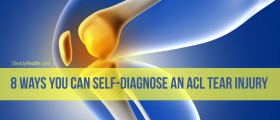

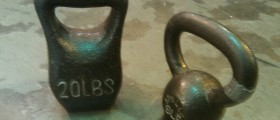


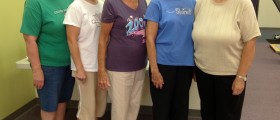




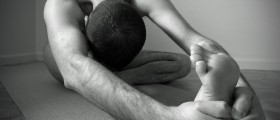
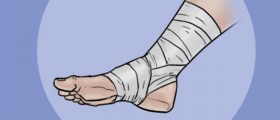
Your thoughts on this
Loading...